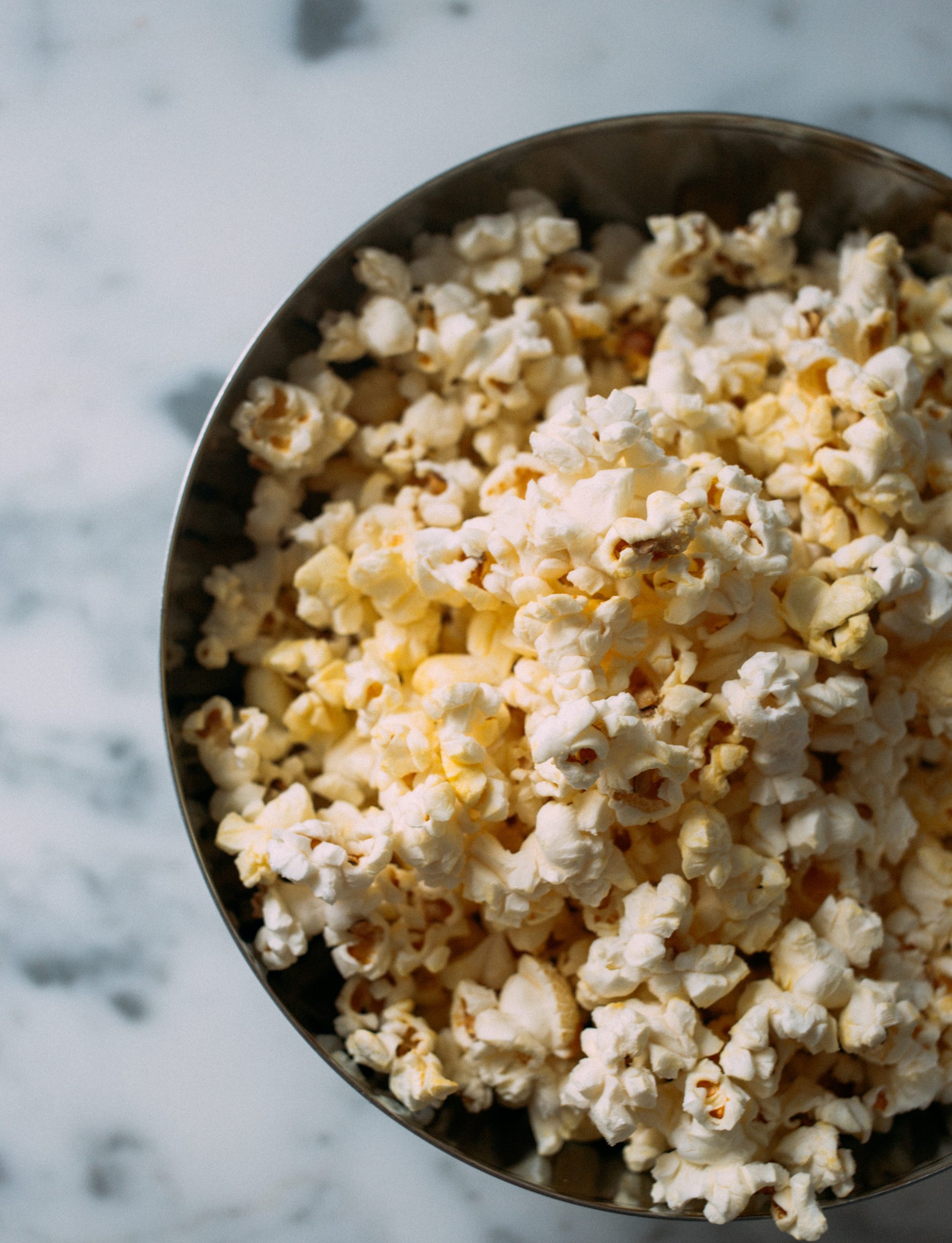The first time I encountered She-Ra was about 8 years ago on Hulu. Like any new ‘network’, Hulu was taking advantage of inexpensive syndicated programming to draw in viewers. She-Ra: Princess of Power (1985) was literally a sister show to He-Man and the Masters of the Universe (1983). Since He-Man had such success getting boys to buy their toys, Mattel wanted to capture the interest of girls as well.
The original She-Ra follows Adora, long lost sister of He-Man‘s Adam. She had been kidnapped from planet Eternia and raised on planet Etheria by the Evil Horde to be one of their Force Captains. (Confusing, right?) After being given the Sword of Protection by her brother, Adam, she defects and joins/leads the rebellion. The original She-Ra wore a skimpy outfit, though more elegant (Grecian?) than her brother’s, but she too fought “For the honor of Grayskull”.
While He-Man has been rebooted several times, this is the first time for She-Ra, which is attempting to draw on the popularity of comics geared towards girls such as Nimona and TV shows such as Steven Universe. All of these programs feature female characters that are just as sexualized as their male counterparts (read: not at all). Steven Universe is also known for its portrayal of the LGBTQ+ community, which She-Ra and the Princesses of Power (2018) is not afraid to draw on.
The best way to describe She-Ra (2018) is that it is the midpoint between Steven Universe (2013-present) and Avatar: The Last Airbender (2005-2008). The art style resembles Avatar in many ways, but also contains the roundness and soft edges of Steven Universe. The characterization is much closer to Avatar, though, with characters that are unafraid to emote in that obvious anime way. The show features themes of friendship rather than romantic love, but it’s clear from the get-go that gender and sexual preference really don’t matter in this new Etheria.
The society is primarily a female dominant one, with the main villain Hordak as the only male currently in power. However, this does not relegate male characters to the roles typically played by their female counterparts. No, instead of just a gender flip, She-Ra does something much, much better and more interesting; creating a society that has males and females playing an equal part because gender/gender identity are not important in She-Ra. Gender and sexuality aren’t underplayed, just never referenced. Characters come in all different shapes, colors, styles, races, etc and not a single character bats an eye. They are far too busy just trying to live their lives.
Despite being raised by the Evil Horde, Adora’s moral compass points towards truth, justice, and compassion. She’s actually shocked to learn that the Evil Horde regularly hurt innocent people (and that they’re called the Evil Horde). She is somehow ignorant to everything about them, believing instead that the Rebellion are the ones causing unnecessary destruction and harm.
This brings me to a pattern that I’ve found throughout various programs. I don’t have a name for it, but basically it boils down to this: Two friends (often shipped), usually one of them is blond/e and blue eyed, while the other has dark hair or looks less ‘normal’. The blond/e is, for lack of a better word, derpy. These naive characters always want to fight for what’s right and are strong enough to make a difference, however, they struggle with seeing through deceptions or that sometimes things just aren’t that black and white. The other friend is a lot more savvy, with a better understanding of how the world works and that things are not always as simple as they seem. These characters are usually of similar strength or power, but the friend is usually not “the hero” in their world, like the blond/e is.
This is the case with Adora and Catra. While it becomes clear very quickly that all of the characters are a departure from their 1980s counterparts, their relationship really is a product of 2018 sensibilities and ideas. They have a very honest, heartfelt relationship as two characters who were raised together by Shadow Weaver, Hordak’s second-in-command. It’s unclear if 2018 Catra possesses the same abilities as 1985 Catra, but she is a feline humanoid, complete with ears, claws, and a tail. While Blonde, blue-eyed Adora follows the Horde because she believes they are on the side of right (and because they raised her), Catra sees through their lies and is under no impression that they are the ‘good guys’. After feeling betrayed by Adora’s defection, she becomes increasingly self-serving, trying to work her way up the ladder– especially when Adora’s absence opens up a big promotion.
Catra is not the only one who has something to work towards. Because these characters are portrayed as younger than they were in 1985, they are still learning who they are and where they belong. All of the Princesses are young, newer rulers, who are unsure about breaking away from their parents’ values. Individual episodes show the growth that comes with understanding that parents are not infallible and that just because something didn’t work in the past, doesn’t mean it can’t work in the present. All of the characters are growing up and we viewers get to see what that means.
She-Ra and the Princesses of Power is a complex show that pulls on inspiration from many different places to create something more relatable than the original. I eagerly look forward to additional episodes and hope that this show gets the numbers it deserves. We need more of these earnest, honest shows that demonstrate characters of all different backgrounds getting along without judgement beyond what’s in a character’s heart. It’s a lesson everyone can benefit from.
